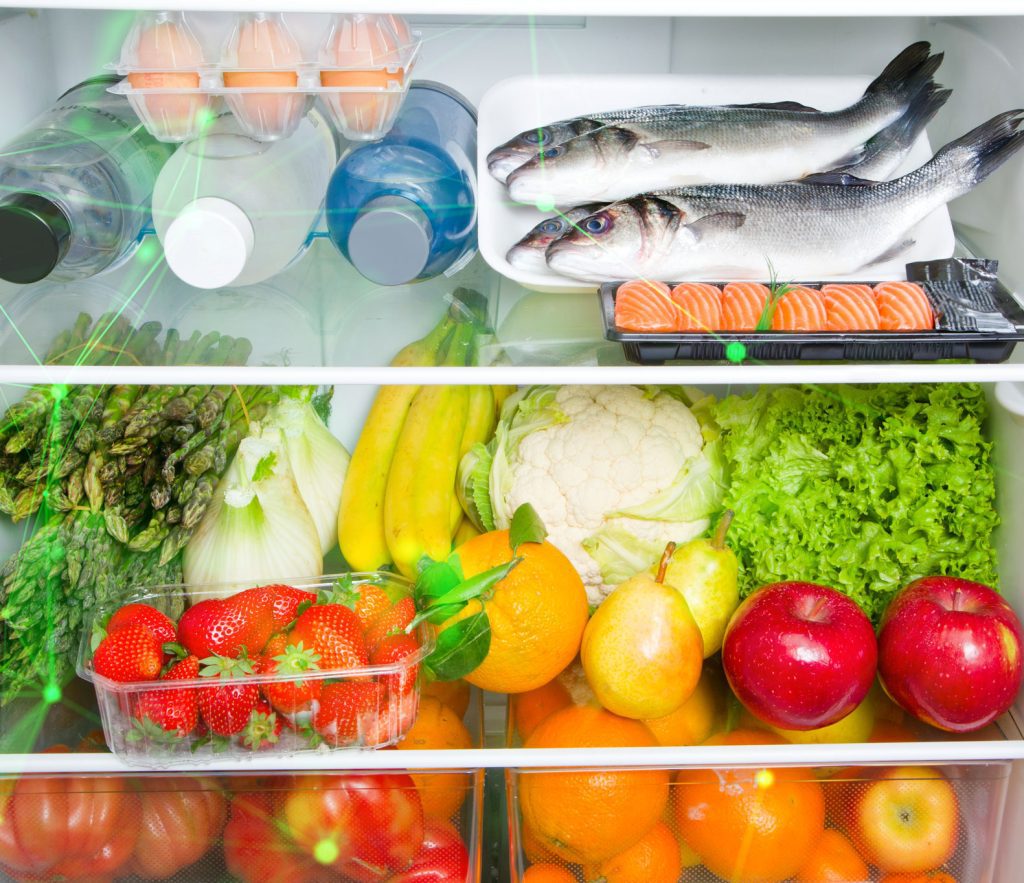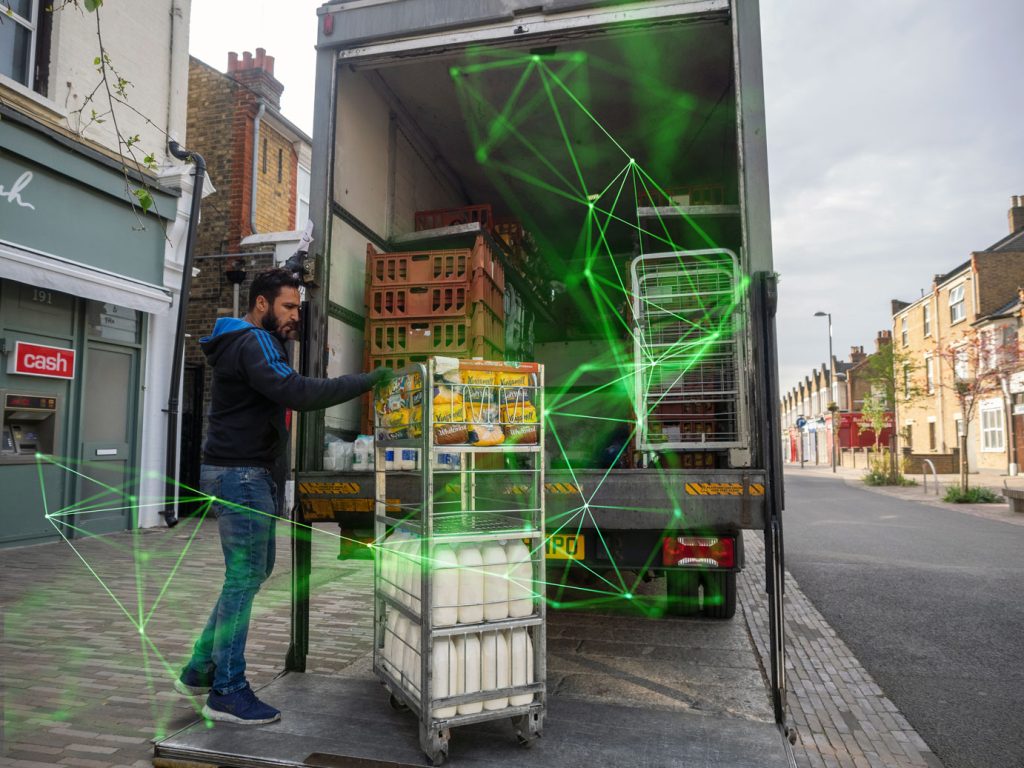Understanding the Importance of Temperature Control in Food Delivery.
Temperature control is a key factor in food safety. Improperly maintained temperatures can lead to bacterial growth, which poses serious health risks. For chilled/frozen food delivery, maintaining the right temperature is not just about keeping food fresh; it's about ensuring it is safe to eat.
When food is kept at the wrong temperature, it can enter the "danger zone" 8°C to 63°C (40°F to 140°F) where bacteria multiply rapidly. This makes understanding and controlling chilled food delivery temperatures a critical aspect of food safety for delivery services and consumers alike.
The Science Behind Maintaining Ideal Temperatures for Chilled Food.
Different types of food require different storage temperatures to remain safe and fresh. For chilled foods, the ideal temperature range is typically below 8°C (46°F) aiming for 5°C (41°F). Frozen foods should be delivered at preferably -18°C (0°F) or below, and no warmer than -12°C (10°F). Maintaining these temperatures for a period of time slows down the growth of bacteria and keeps the food in optimal condition.
Insulated containers and refrigerated trucks are key to keeping food safe by maintaining the right temperature. Using thermometers and temperature monitors helps make sure food stays at the safe temperature all through delivery.

Challenges and Best Practices for Food Delivery Services.
Food delivery services face several challenges in maintaining the correct temperature. External factors like weather conditions and traffic can affect the temperature of the food being delivered. Additionally, the time taken to deliver food plays a significant role in maintaining its temperature.
To beat these challenges, delivery services need to use insulated containers and cool trucks, teach their delivery people about keeping food at the right temperature, and use systems that check the temperature in real time. This helps make sure the food stays safe and fresh.
Technology and Innovations in Food Delivery for Efficient Temperature Management.
Advancements in technology have significantly improved the ability of food delivery services to maintain the correct temperature. Innovations such as IoT-enabled temperature sensors and GPS tracking have made it easier to monitor and control the temperature of food during transit.
Refrigerated delivery vehicles equipped with advanced cooling systems and insulated packaging materials are now standard in the industry. These new methods keep food at the right temperature during long trips, lowering the chance of it going bad or getting contaminated.

Tips for Consumers on Receiving and Handling Chilled Food Deliveries.
As a consumer, there are several steps you can take to ensure the safety and quality of your chilled food deliveries. First, check the temperature of the food upon arrival using a food thermometer. Chilled foods must be maintained at or below 5°C (40°F) while frozen foods require a temperature of -18°C (0°F) or lower.
Promptly refrigerate or freeze the food after delivery to prevent it from entering the danger zone. Be mindful of any instructions provided by the delivery service regarding the handling and storage of the food. By following these tips, you can enjoy your meal without compromising on safety or quality.
Conclusion.
Maintaining the correct temperature during chilled food delivery is essential for ensuring food safety and quality. By using a food thermometer and promptly refrigerating or freezing the food, you can prevent it from entering the danger zone. It is also important to follow any handling and storage instructions provided by the delivery service to ensure that your food stays fresh and safe. With these simple steps, you can rest assured that your chilled food deliveries will be of the highest standard.
FREQUENTLY ASKED QUESTIONS
Deliver frozen food at or below -18°C (0°F) to ensure it remains safe for consumption. Maintaining this temperature during delivery prevents bacterial growth and spoilage.
Related posts

Food Transportation: Best Practices to Maintain Quality.
Food quality is not just a matter of taste but a critical component of public health, consumer satisfaction, and regulatory compliance. The transportation stage in the food supply chain is particularly crucial, with its own set of unique challenges that can impact the integrity of the food. For businesses in the food industry, ensuring quality during transportation is not only a best practice—it's an imperative.

The Best Food Logistics Guide for Mastery
Efficient food logistics are the backbone of any successful food supply chain. Food suppliers and logistics managers face unique challenges when ensuring that products reach their destinations in perfect condition. Whether you run a big business or a small store, knowing the details of food logistics can help save time. It can also cut costs and keep products high-quality. In this comprehensive guide, we'll cover everything you need to know about food logistics. From the basics to best practices, technology's role, and future trends, we've got you covered.

From Farm to Fork: A Deep Dive into Modern Food Warehousing
In the intricate dance of the global food supply chain, effective warehousing plays a pivotal role in ensuring that the food on our plates is fresh, safe, and delicious. For food distributors, restaurant owners, and supply chain managers, understanding the nuances of food warehousing is not just beneficial—it's essential. This article explores the importance, challenges, and cutting-edge solutions in food warehousing, providing insights and guidelines that can help you optimize your operations.
